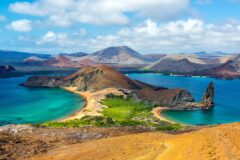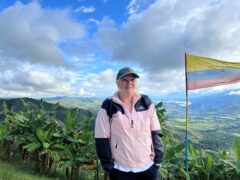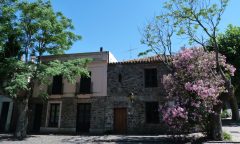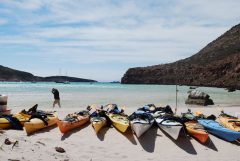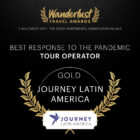The Top Things to Do in Bolivia

Bolivia doesn’t do ordinary. While everyone else flocks to neighbouring Peru or Brazil, landlocked Bolivia quietly serves up some of the most jaw-dropping and mystical landscapes in South America. We’re talking about the world’s largest salt flats that look like another planet, a lake so high and so vast, it makes your head spin, dramatic rainforests and deep valleys, alongside lively cities and mountain-top towns.
Take an adventure in Bolivia, and what you’ll experience is untarnished natural beauty, and a deep cultural heritage. Our Journey Latin America team has been exploring this incredible country for decades, and we still discover something new every time we visit.
Ready to see why Bolivia should be next on your South America itinerary?
Cross the uyuni salt flats
Be transported to another world. Strange, breathtaking and unique, the vast Salar de Uyuni salt flats will leave you speechless. The Salar de Uyuni isn’t just one of the things to do in Bolivia – it’s the thing to do. Occupying over 10,000sq km, it’s a naturally occurring salt desert – where a sheet of blinding white stretches endlessly.
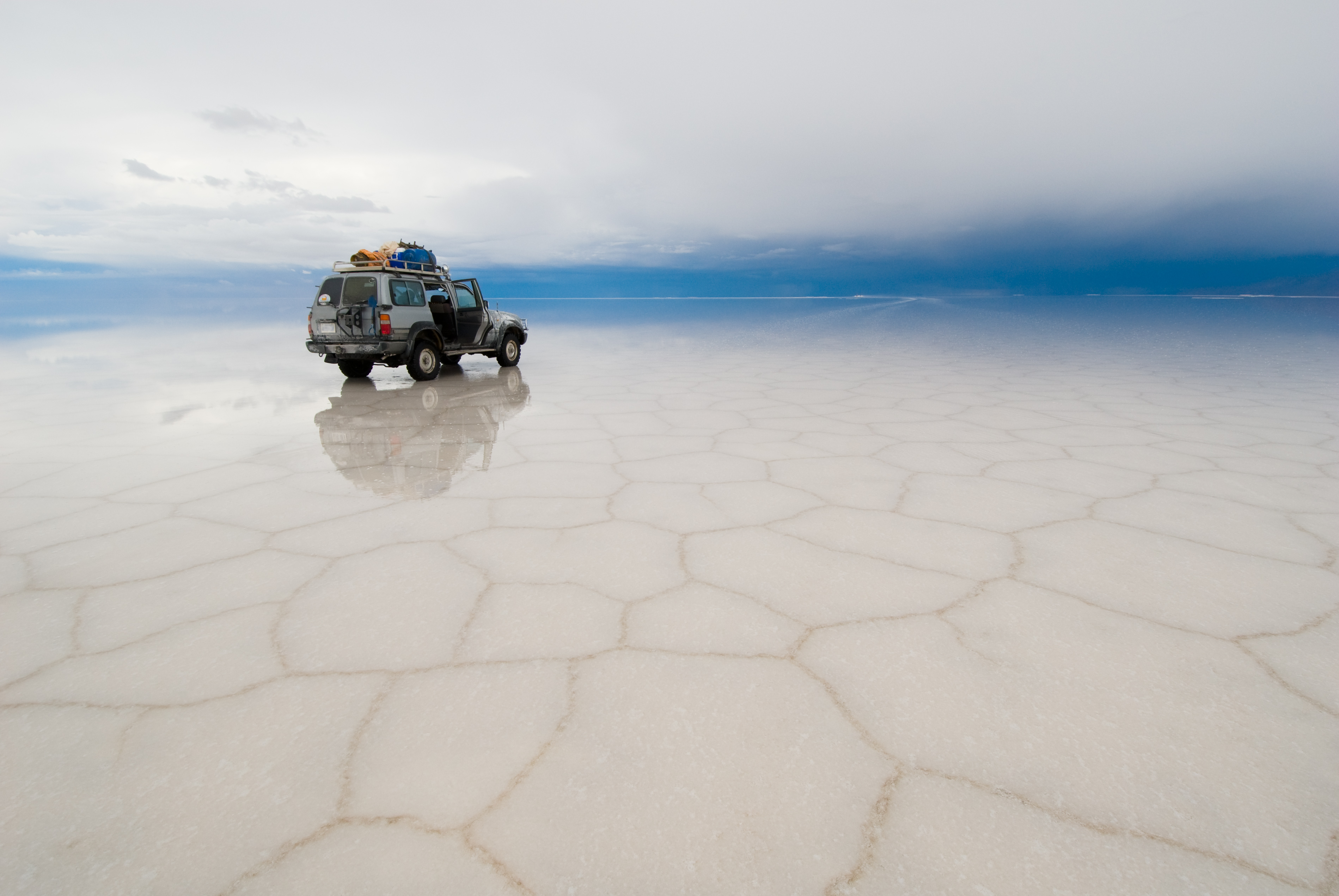
Visit during the wet season (December to April) and you’ll find yourself driving across what looks like the world’s largest mirror. The shallow layer of rainwater creates perfect reflections that blur the line between earth and sky. It’s magical.
In the dry season (May to November), the Uyuni salt flats transform into an endless white desert. The salt forms into perfect hexagonal patterns, and perspective becomes meaningless. This is when you can take those iconic trick perspective photos that make you look like a giant!
Isla Incahuasi
In the middle of this vast snow-white emptiness, Isla Incahuasi appears like a mirage. This ancient island is covered in thousand-year-old cacti, some reaching 10m tall. As you approach the contrast between rock and salt, it’s incredible. Climb to the top for views across the salt flats – it’s well worth the effort.
Colchani
Head to Colchani, and you’ll meet families that make a living from salt extraction by hand, using traditional methods as part of a cooperative. You’ll also see small pyramids of salt draining on the salar – piled into white mounds that scatter the salt fields.
Train graveyard
Start your Salar de Uyuni adventure in the town of Uyuni itself, where the train graveyard tells the story of Bolivia’s mining boom and bust. These rusted locomotives from the 1940s create an apocalyptic scene against an eerie desert backdrop.
Explore the islands of LAKE TITICACA
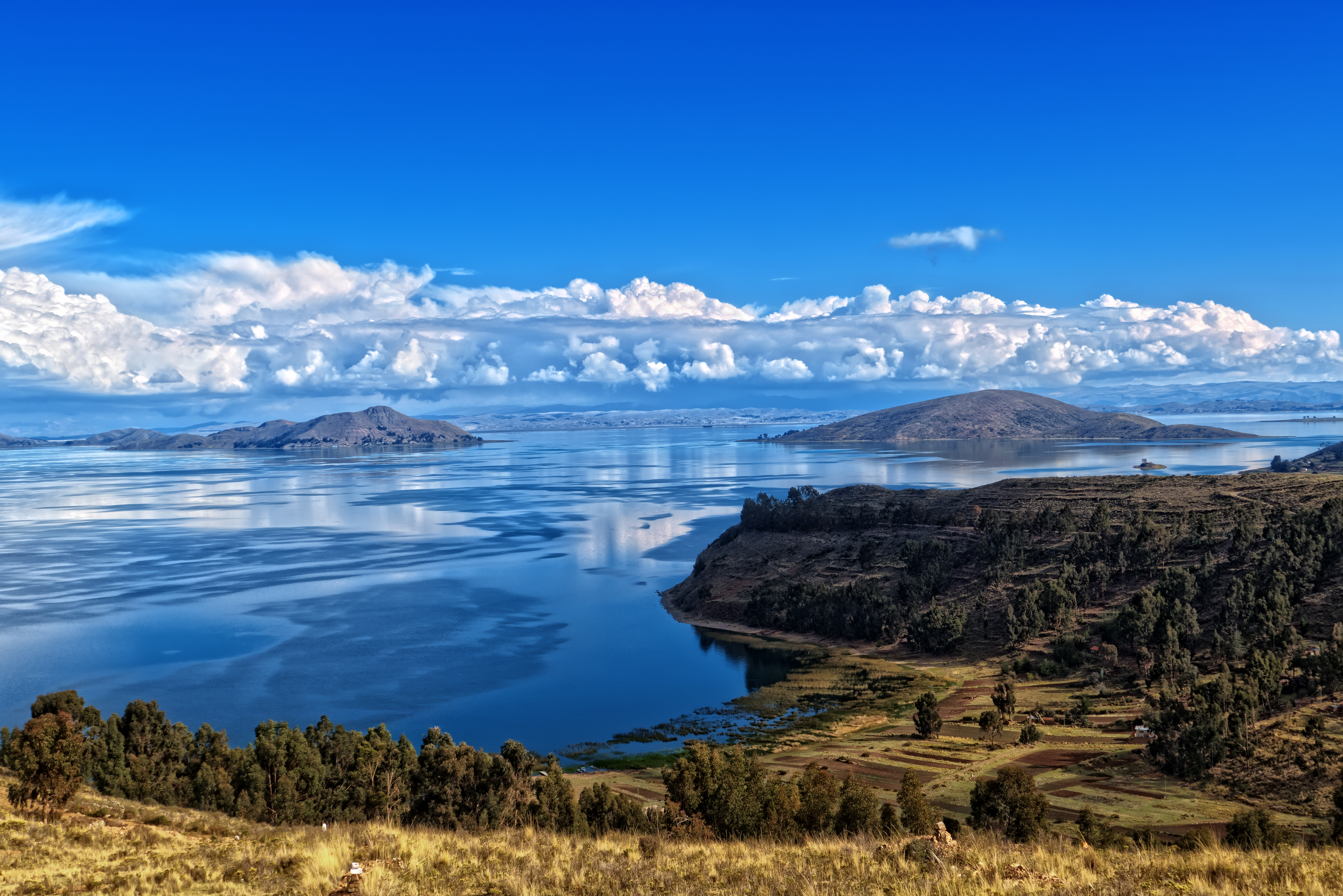
At 3,812m above sea level, Lake Titicaca is massive, mysterious, and sacred to indigenous culture. This isn’t just any lake – Inca mythology claims it’s where the sun god was born. Vast Lake Titicaca lies at the confluence of several important indigenous cultures, and their timeless traditions live on in island communities scattered across its shimmering sapphire surface.
The lake is so expansive it could easily be mistaken for the ocean, and honestly, when you’re standing on its shores watching the sun rise over snow-capped peaks, it feels like you’re at the edge of the world.
Learn about the Uros people
One of the most unique lifestyles you’ll find anywhere is that of the Uros people, who, since the days of the Incas, have chosen to isolate themselves on curious floating islands made of totora reeds. From the Bolivian side, you can visit the Uros Uruitos islands and set foot on their spongy surface – it’s like walking on a giant mattress.
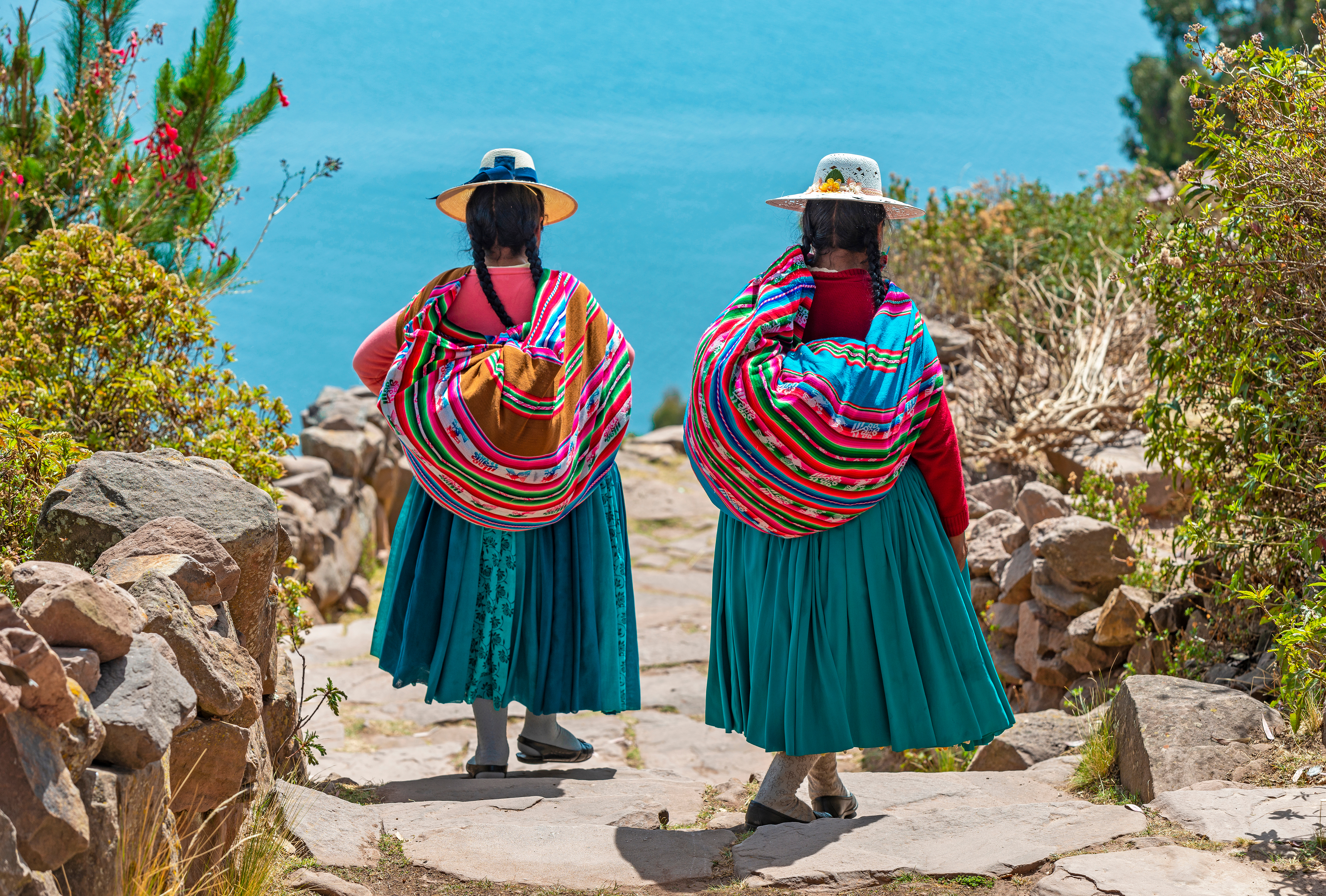
Worship a sun god
The Isla de la Luna (Moon Island) is home to the Inca nunnery of the Iñak Uyu Sun Virgins, one of the most significant archaeological sites on the lake. A short 10-minute crossing takes you to the Isla del Sol (Sun Island), revered in Inca society as the legendary birthplace of the sun god.
The island is criss-crossed with ancient paths offering panoramic views, dotted with vestiges of ancient civilisations alongside settlements where families still live much as their ancestors did. Don’t miss the Fuente del Inca – the fountain that Spanish conquistadors optimistically mistook for eternal youth.
Sucre: Bolivia’s beautiful city
While La Paz is the administrative capital, Sucre holds the constitutional title – and all the colonial charm. This UNESCO World Heritage Site gleams white under the Andean sun, its perfectly preserved streets telling stories of Spanish conquest and Bolivian independence. Walking through Sucre’s city centre feels like stepping back in time, with bell towers rising above red-tiled roofs and every plaza seemingly designed for an afternoon coffee break.
Sucre is also a gateway to some incredible day trips, particularly Torotoro National Park, which lies a few hours away and is absolutely worth the bumpy ride. This park delivers dinosaur footprints embedded in rock faces, extensive cave systems you can explore, and dramatic canyons that cut deep into the landscape.
Cheer cholitas at a wrestling match
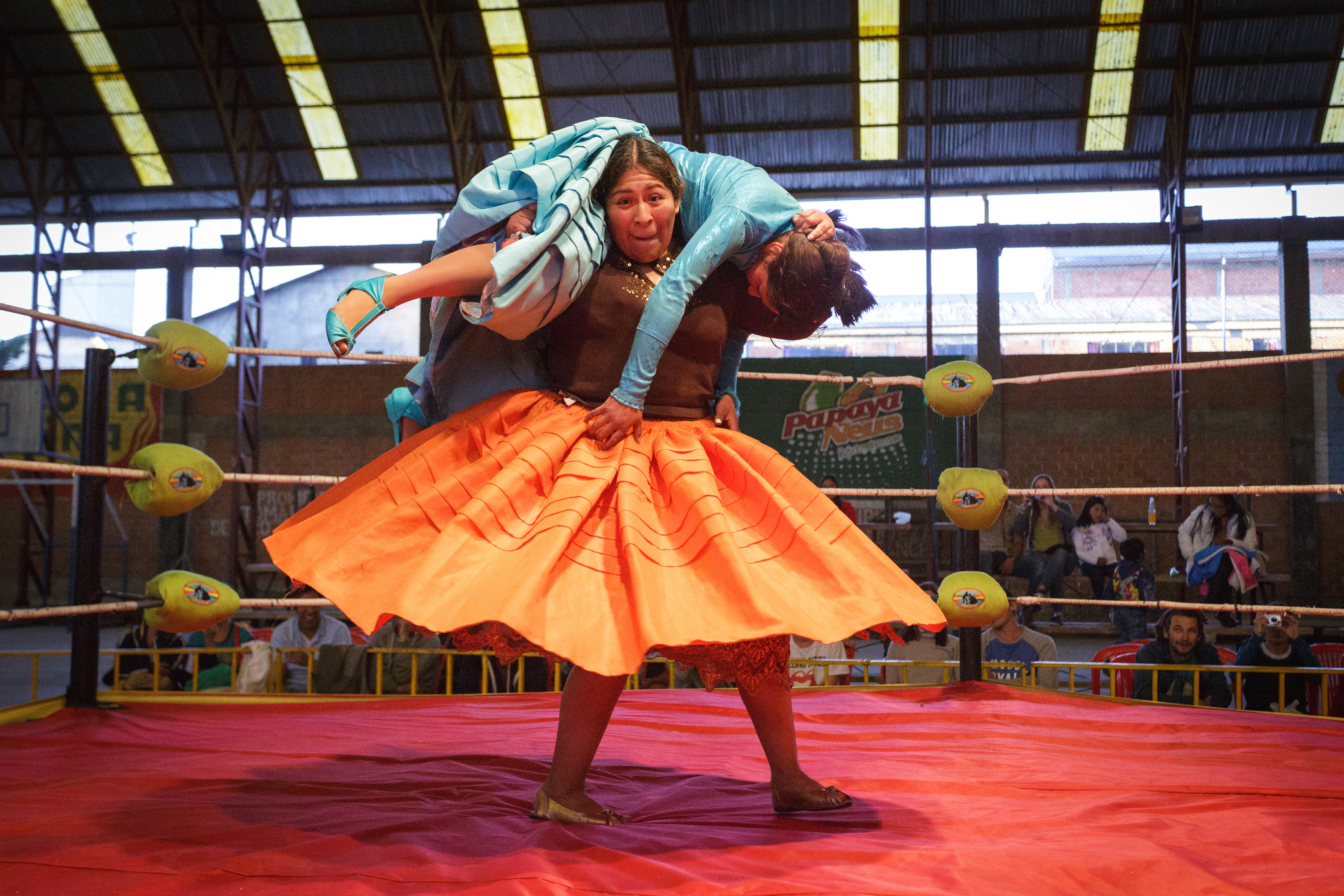
Every Sunday in El Alto, indigenous women trade their daily routines for wrestling rings – and it’s absolutely mesmerising. These cholitas in traditional pollera skirts and bowler hats perform athletic scissor kicks, leap from the ropes, and throw each other around. They’ve taken a sport once reserved for men and made it their own, complete with all the theatrical drama you’d expect. Don’t expect shy and retiring. These women are fierce and strong, and watching them fight it out will leave you cheering for more.
Tiwanaku: The Inca ruins nobody talks about
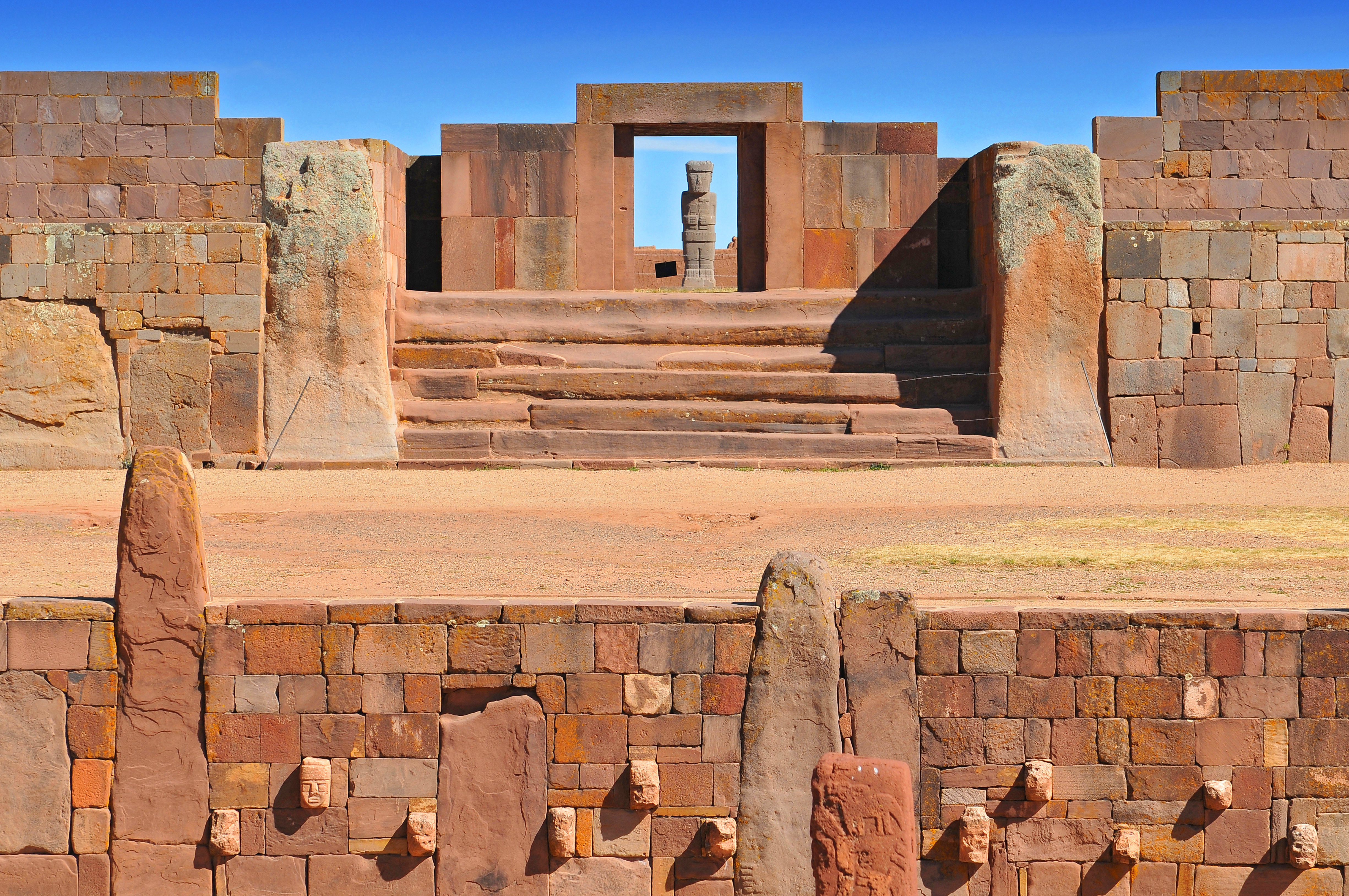
While Peru’s Machu Picchu steals all the attention, Bolivia also has some of the most impressive ancient ruins in South America. Tiwanaku may not get the Instagram crowds, but that’s exactly why you’ll love it. This well-preserved archaeological site features massive stone gateways, haunting statues, and walls adorned with faces that seem to watch you as you explore. Most people have never heard of it, which means you’ll have these incredible ruins largely to yourself.
This ancient city was founded over 2,000 years ago and was the capital of a sprawling empire that laid the foundations for the Inca civilisation that came after. Tiwanaku flourished for 500 years as a ceremonial complex of pyramids and opulent palaces, with a mastery of mathematics, art, and astronomy that archaeologists now believe was more advanced than the Incas.
Stand among these ruins and try to imagine how this place must have looked in its heyday – a thriving metropolis at 3,800m above sea level. The on-site museum brings the ancient world to life with artefacts that show just how sophisticated this civilisation really was.
Choro trek to Coroico
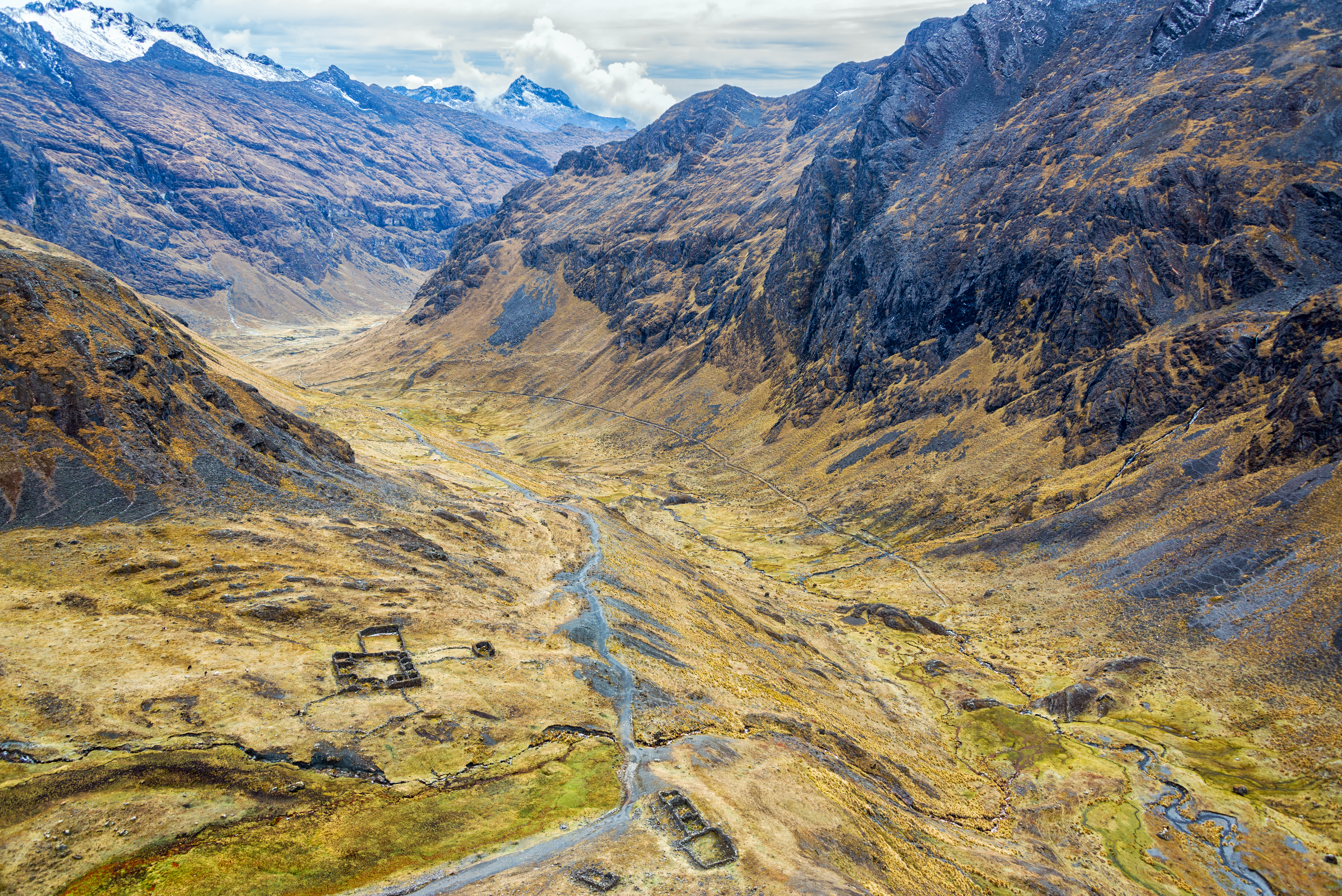
The Choro Trek is adventure hiking at its finest – a lung-busting descent from La Paz down to the steamy lowlands of Coroico in just four days. This trek drops a massive 3,500m in altitude from start (4,860m) to finish, taking you through an astounding spectrum of landscapes and climates. One day you’re gasping for air in the high Andes, the next you’re in a cloud forest.
The mostly downhill route follows original Inca paved paths in places, while other sections rely on rickety bridges to cross deep gorges that split the trail. At almost every turn, there are breathtaking views – misty hillsides, tumbling streams, and tiny isolated villages that feel untouched by time. It’s challenging, rewarding, and gives you serious bragging rights when you’re back home telling people you hiked an ancient Inca trail through four different climate zones in Bolivia.
Follow Che Guevara’s final journey
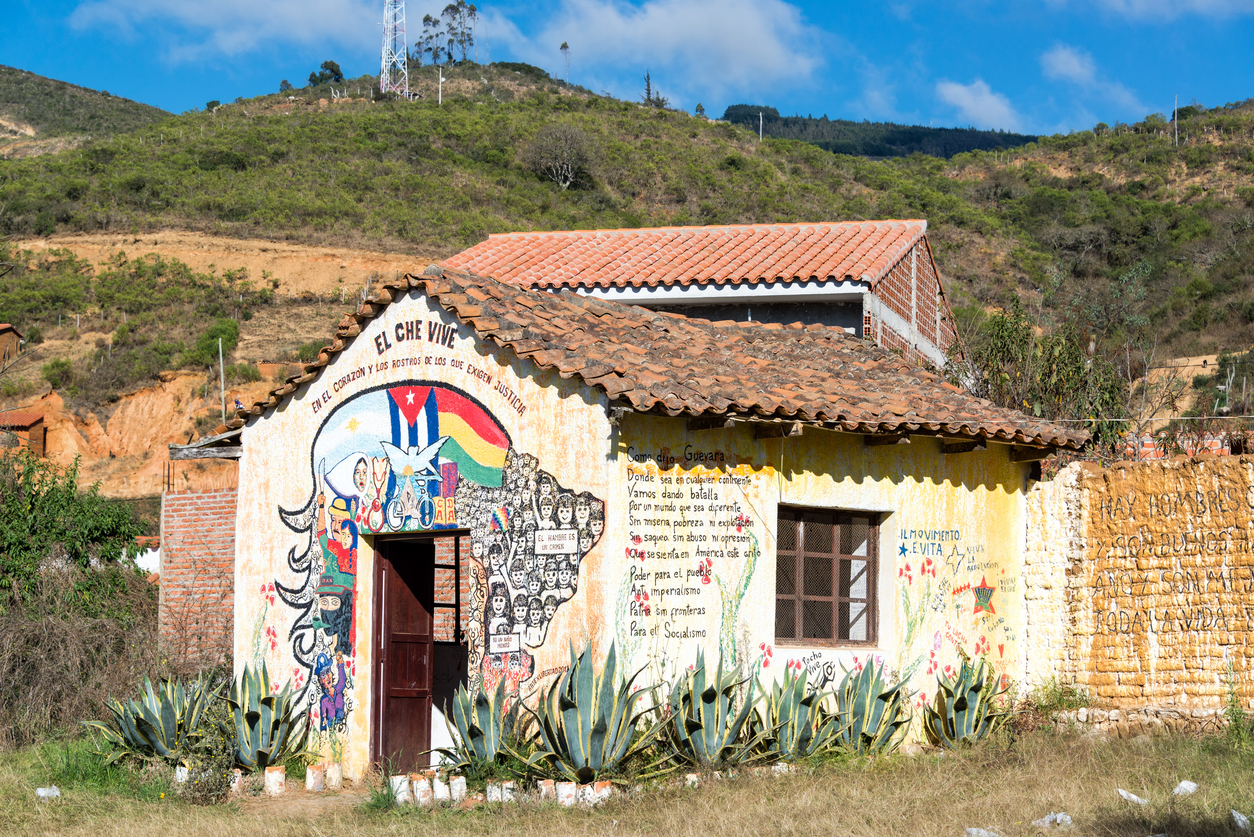
History buffs and Che fans will be fascinated by this route through the remote mountains of eastern Bolivia, literally following in the footsteps of the Argentinian revolutionary and his band of followers as they tried to persuade Bolivian peasants to rise against their oppressors. The endeavour was doomed from the start – captured and killed by the Bolivian army with CIA assistance, the group met their end in the nondescript hamlet of La Higuera, still hours of driving along bumpy dirt roads from, well, anywhere.
La Higuera
Getting there is half the adventure as you marvel at the rugged wilderness of purple mountains, canyons and treeless moorland, while appreciating how Che is still revered here. There’s a museum in colonial Vallegrande where you can visit the laundry where his and his group’s bodies were displayed, plus the memorial where their graves used to be (they were repatriated to Cuba in the 1990s). La Higuera itself is covered in memorabilia, street art and statues commemorating Che.
Potosí: Descending into the mines
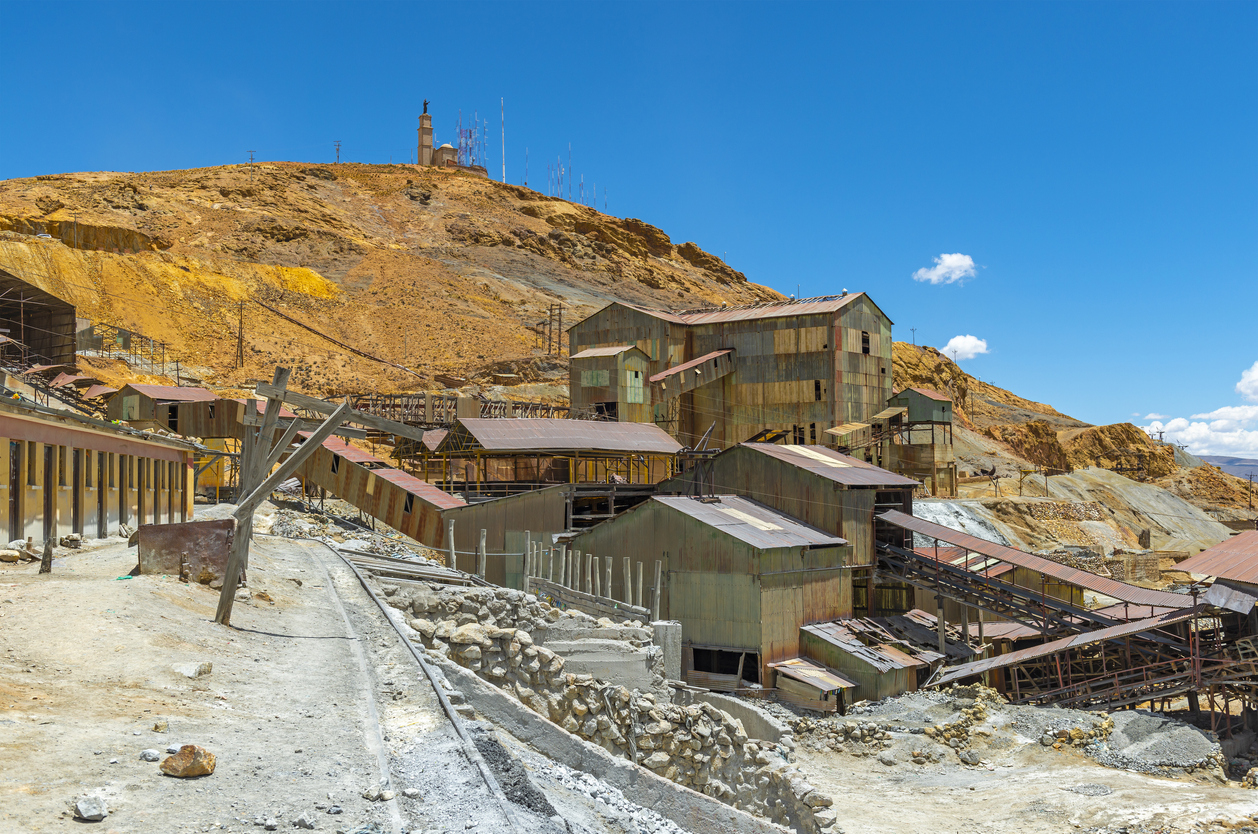
Enter the warren-like tunnels of Cerro Rico (Rich Mountain), which once funded the entire Spanish Empire with its silver but now yields only tin and zinc. Visiting modern-day Potosí, it’s hard to believe this was once South America’s richest city. The contrast is stark – if life looks harsh in the surrounding blood-red hills, it’s nothing compared to the miners still working these depleted tunnels. The miners have their own belief system centered around El Tío, the devilish god of the mines, offering him cigarettes, coca leaves, and super-strength alcohol.
The tour starts with buying gifts of dynamite and coca for the miners before you descend into darkness, clambering through tight tunnels and dodging speeding mine carts while your guide explains the brutal history and social cost of these mines. You’ll see shrines to El Tío throughout the tunnels, covered in offerings from desperate workers. It’s confronting, educational, and unforgettable – and a raw look at how the other half lives.
Wildlife watching iN THE BOLIVIAN AMAZON
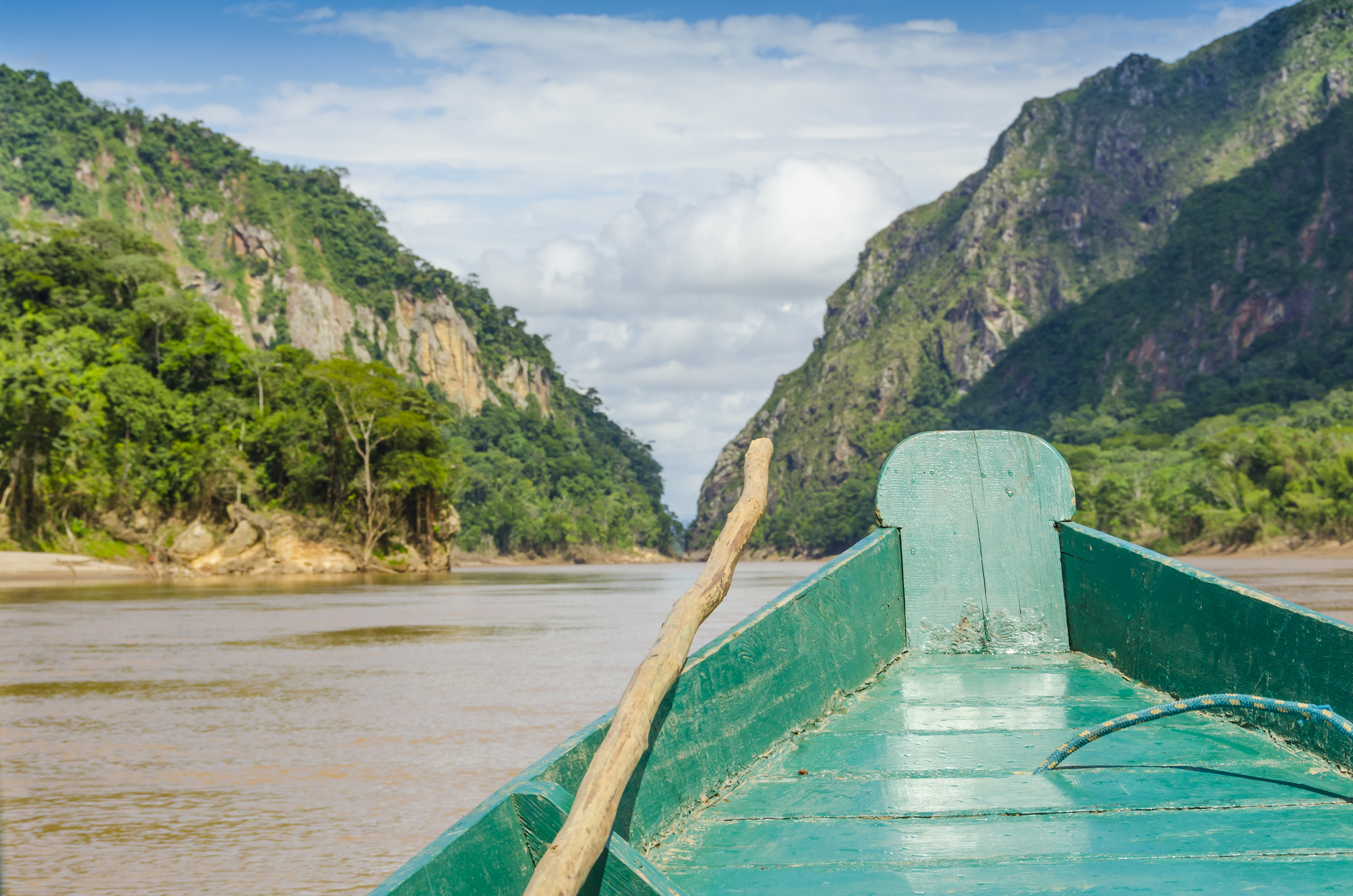
Madidi National Park has almost 1,000 bird species and nearly half of all mammal species found in the Americas – making it one of the most biodiverse places on Earth. This well-protected reserve in the Bolivian Amazon is home to jaguars, ocelots, and tapirs, though you’re more likely to spot capybaras, caimans, spider monkeys, and incredibly colourful birds like toucans and parrots. You’ll explore both on foot and by boat with expert guides who can point out exotic creatures hiding in the canopy.
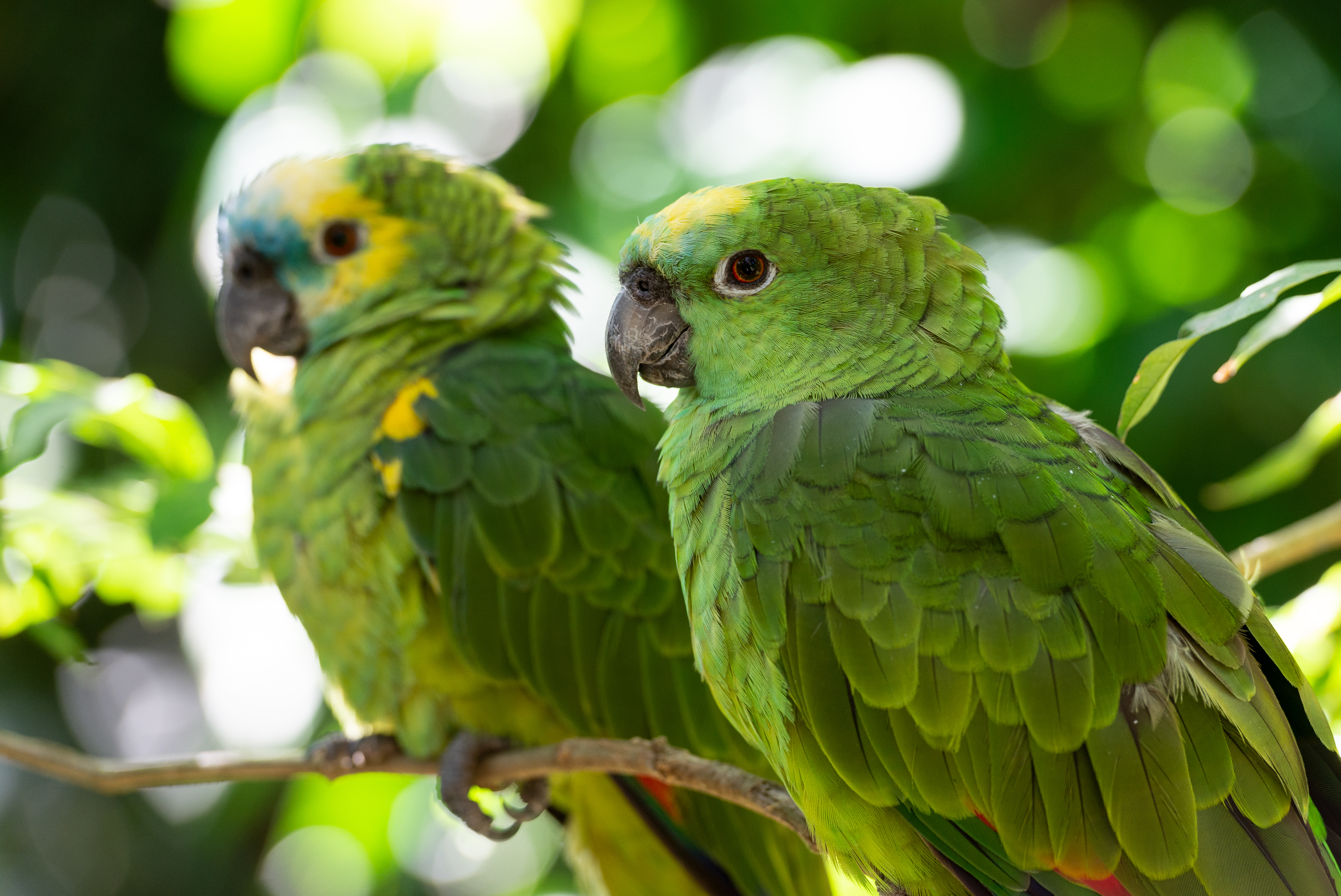
The nocturnal hikes are special – this is when the forest comes alive and most wildlife is active. Think howling monkeys at dawn, the splash of pink dolphins in muddy rivers, and if you’re incredibly lucky, the rustle of a jaguar moving through the undergrowth. The diverse habitats mean you could spot a giant otter in the morning and be watching macaws squawk overhead by afternoon.
Visit the historic Jesuit missions
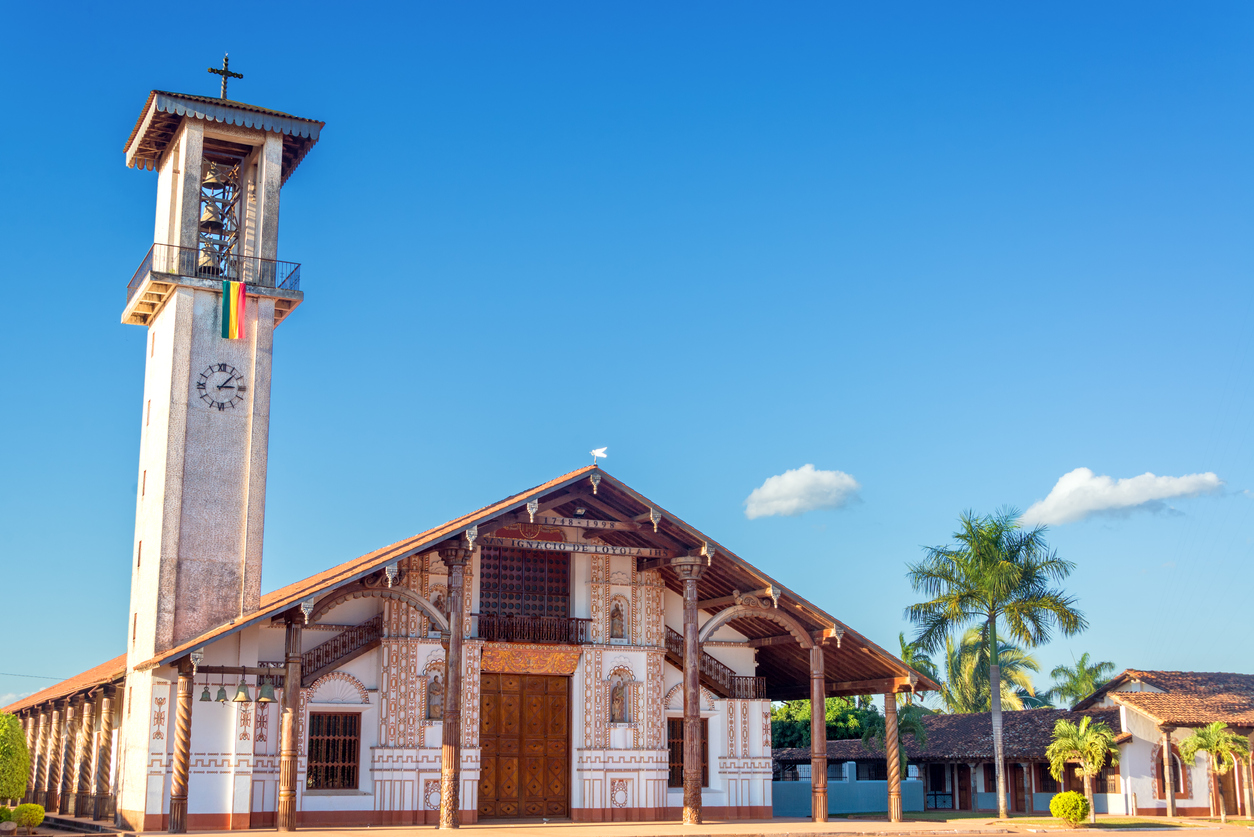
When Spanish conquistadors failed to subdue Bolivia’s fierce indigenous tribes (thanks to the difficult terrain), they called in Jesuit missionaries. These priests managed to convince local populations to gather in settlements called reducciones, built around churches that still dominate rural landscapes today. The Jesuits taught locals to write and play religious music – some manuscripts have only recently been discovered. A baroque music festival is held in Concepción every even year, bringing these colonial sounds back to life.
After the Jesuits were expelled, these churches fell into ruin until local communities meticulously restored them in the 20th century. Now they’re UNESCO World Heritage Sites where you can visit small, isolated towns, where most homes are still built from adobe and thatch, and the population remains predominantly indigenous. The pitched-roof churches and bell towers dominate large grassy squares where the community still gathers. It’s a glimpse into colonial Bolivia that feels remarkably unchanged by time.
Explore Samaipata and Amboró National Park
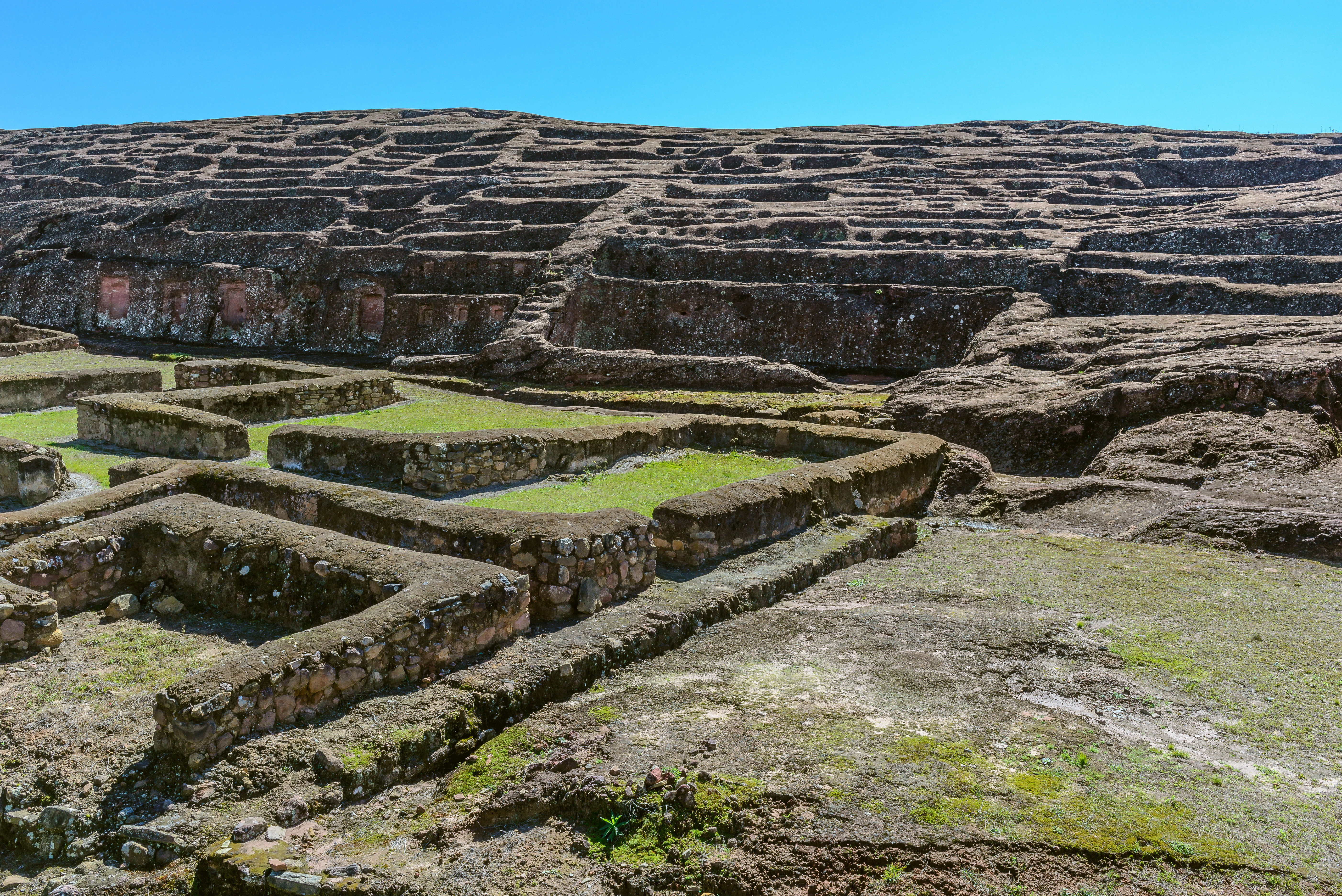
Just a couple of hours’ scenic drive up from Santa Cruz, you’ll find Samaipata – a pretty colonial-style mountain town that’s become a refuge for city dwellers escaping the heat. It’s completely different from anywhere else in Bolivia, with covered markets bursting with bright colours, literary cafés, friendly bars, and streets lined with red-tiled houses decorated with street art. Spend a couple of days here exploring the surrounding countryside, including El Fuerte – a hilltop archaeological site where pre-Inca peoples carved animals and birds directly into sandstone, later occupied by both Inca and Spanish empires.
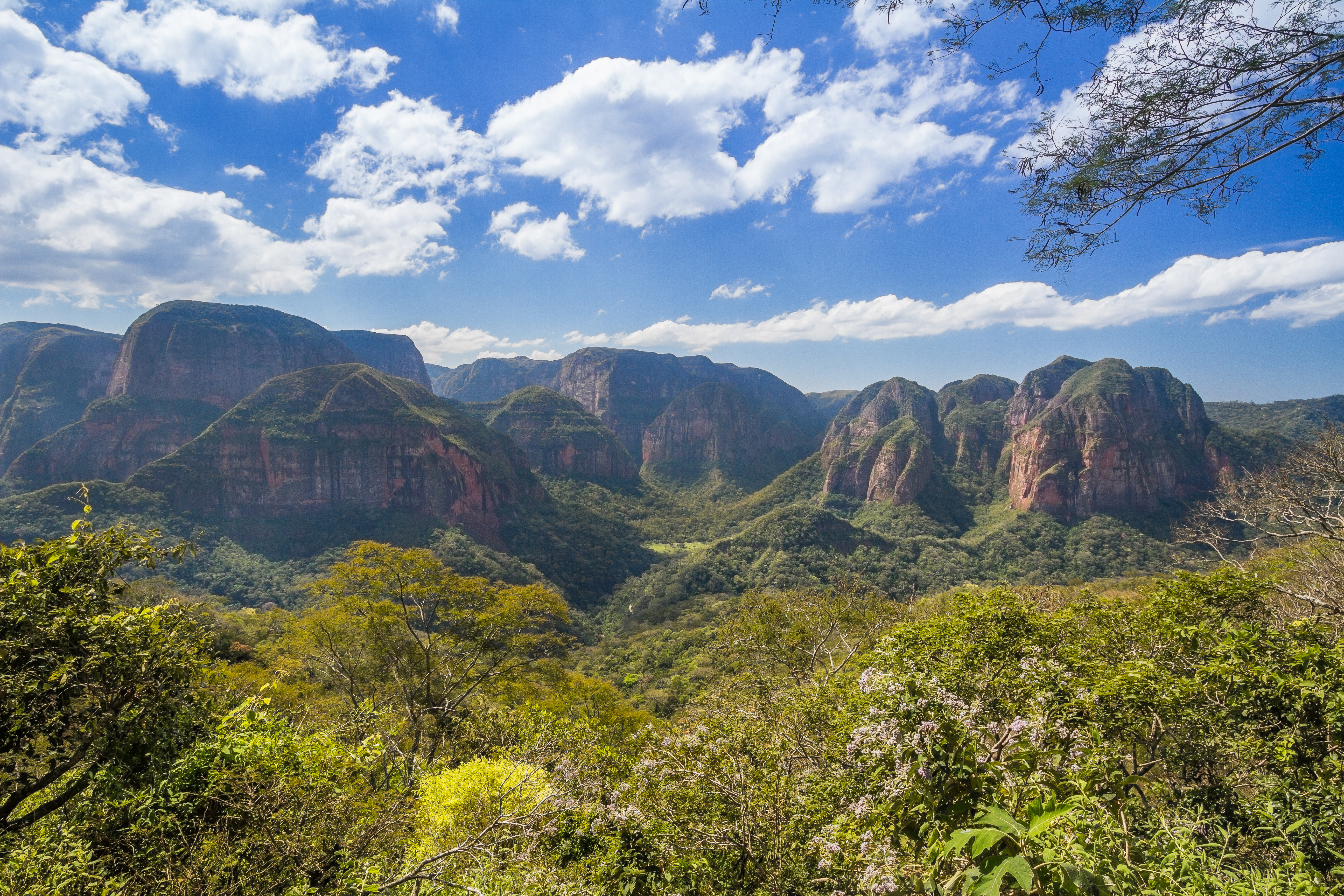
Don’t miss Amboró National Park, reached by a bumpy dirt road that’s part of the adventure. This park spans altitudes from 300m to 3,300m, creating habitats for an incredible variety of plants and over 700 bird species. You might spot jaguars, pumas, or spectacled bears, though they’re elusive on short visits to the cloud forest section. What you will see are giant fern trees, some hundreds of years old, that make you feel like you’ve stepped into a prehistoric world.
Barter at local markets
Local markets are social hubs where indigenous culture thrives and daily life unfolds. In La Paz, the sprawling markets of El Alto offer everything from electronics to traditional textiles. You’ll find knock-off designer goods next to authentic alpaca sweaters, mobile phone repairs alongside ancient herbal remedies, and street food vendors serving up steaming bowls to workers on their lunch breaks. The markets in smaller towns like Sucre and Cochabamba have their own characters – more relaxed but equally authentic, where farmers bring produce from surrounding valleys and artisans display their crafts. Bargaining is expected everywhere; Spanish definitely helps, but smiles and pointing work surprisingly well, too.
Enjoy Bolivian food
Bolivian food is hearty, filling, and surprisingly varied once you know what to look for. Start with salteñas – Bolivia’s answer to empanadas, traditionally eaten mid-morning with a spoon and plenty of napkins. Anticuchos (grilled beef heart, but also chicken and fish) might sound intimidating, but they’re tender and tasty, often served at street stalls with a spicy sauce. Quinoa soup (Sopa de quinua) is everywhere in the highlands, packed with vegetables and perfect fuel for high-altitude adventures.
More Bolivia information
Altitude
La Paz sits at 3,500m, El Alto at 4,150m. That’s serious altitude. Take it easy for the first day or two, drink coca tea, and don’t underestimate how the thin air affects everything from walking to sleeping.
Language
Spanish is the main language, but indigenous languages like Quechua and Aymara are widely spoken, especially in rural areas.
Currency
The Bolivian boliviano (BOB) is the local currency. US dollars are accepted in tourist areas, but bring cash – ATMs can be unreliable outside major cities.
Safety
Bolivia is generally safe for travellers, but use common sense. Stick to reputable companies like us for activities like mine visits and salt flats tours. In cities, watch your belongings.
Is Bolivia worth visiting for tourists?
Bolivia isn’t easy. Roads are rough, the altitude is challenging, and the infrastructure can be basic. But that’s exactly why it’s special. Explore South America before mass tourism arrives.
You’ll have hot springs to yourself, hike trails without crowds, and experience indigenous culture that’s still very much alive. Most tours here feel like adventures rather than tourist attractions.
Bolivia rewards the curious, the patient, and those looking for extraordinary experiences. If that sounds like you, then Bolivia is calling. If you travel to Bolivia with us, this country will challenge your expectations and leave you with stories that no one else has. That’s the magic of Bolivia.
What is Bolivia best known for?
Bolivia is famous for having the world’s largest salt flats – the Salar de Uyuni – which creates some of the most surreal landscapes on earth. It’s also known for being home to the world’s highest lake – Lake Titicaca, the world’s highest capital, La Paz), and some of South America’s most dramatic scenery.
From the endless white expanse of the salt flats to the snow-capped peaks of the Andes Mountains, Bolivia packs incredible natural diversity into one landlocked country. Many people also know Bolivia for its indigenous culture, which remains incredibly strong and visible in daily life, from the bowler-hatted cholitas in La Paz to the traditional communities living on Lake Titicaca’s floating islands.
The country is also famous for its mining history – Potosí was once the richest city in the Americas thanks to its silver mines, which funded the Spanish Empire for centuries. More recently, Bolivia has gained attention for political reasons, the famous Death Road mountain biking route, and as the birthplace of quinoa (though Peru might argue about that). What many people don’t realise is that Bolivia has everything from Amazon rainforest to high-altitude deserts, making it one of the most geographically diverse countries in South America.
Ready to explore Bolivia?
Bolivia isn’t for everyone – and that’s exactly what makes it so special. From the endless supply of natural wonders to the warmth of indigenous communities, this is Latin America travel at its most authentic.
Browse Journey Latin America’s range of holidays to Bolivia and start planning your adventure to South America today.
Tailor-made holidays
Flexible, custom-made holidays to Latin America created to match your exact requirements: our tailor-made itineraries are as unique as the clients for whom they are designed.
Design my tripPapagaio
Your edit for Latin American inspiration
Our exciting range of articles on Latin America explore everything from iconic destinations and lesser-known cultural gems to delicious traditional recipes. You’ll also find exclusive travel tips, first-hand client reviews and the chance to get your personal questions answered by our travel experts.
View Extraordinary Inspiration